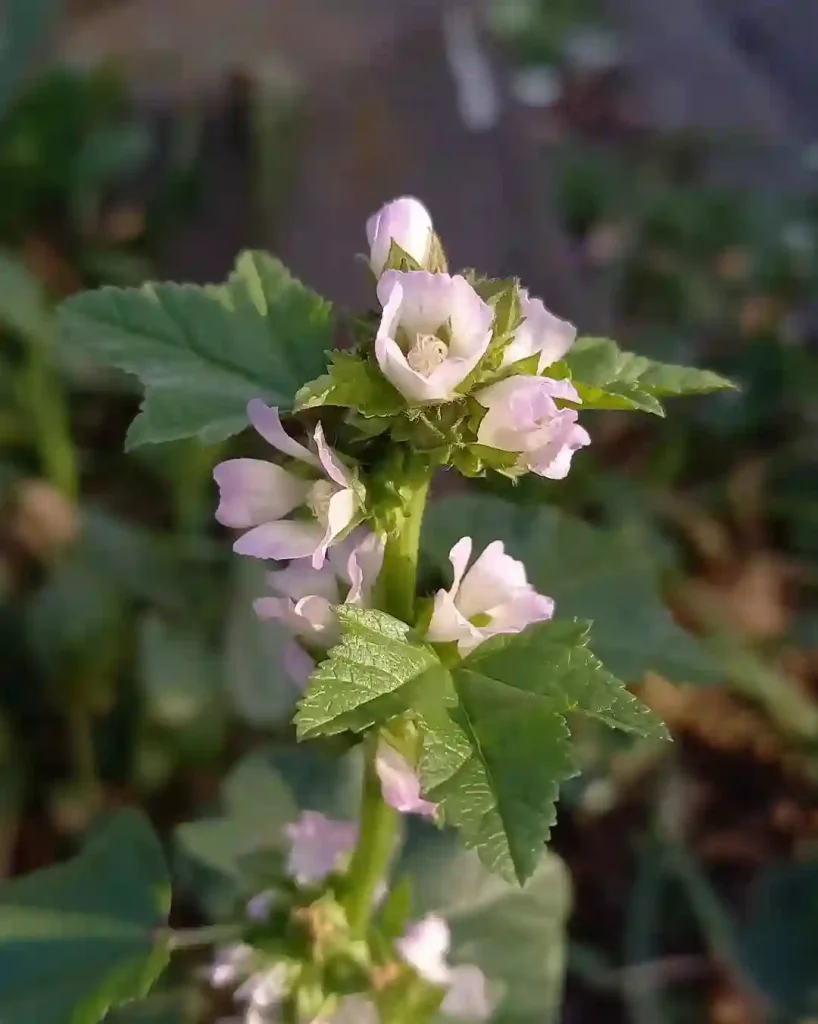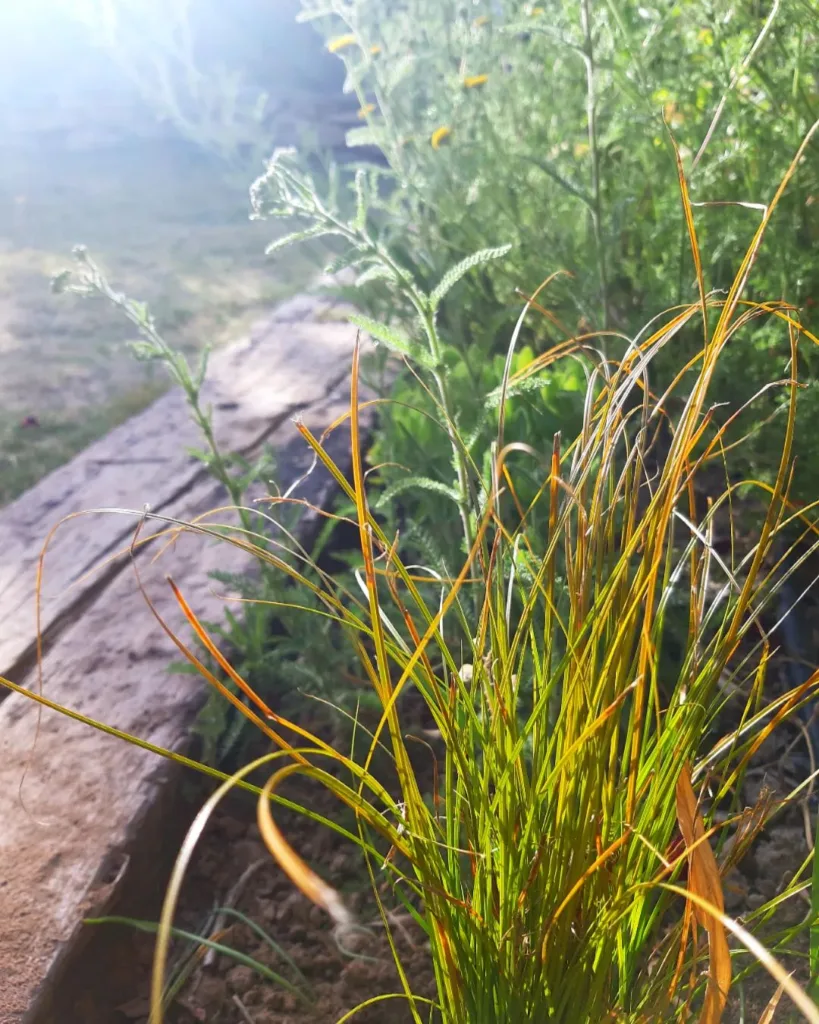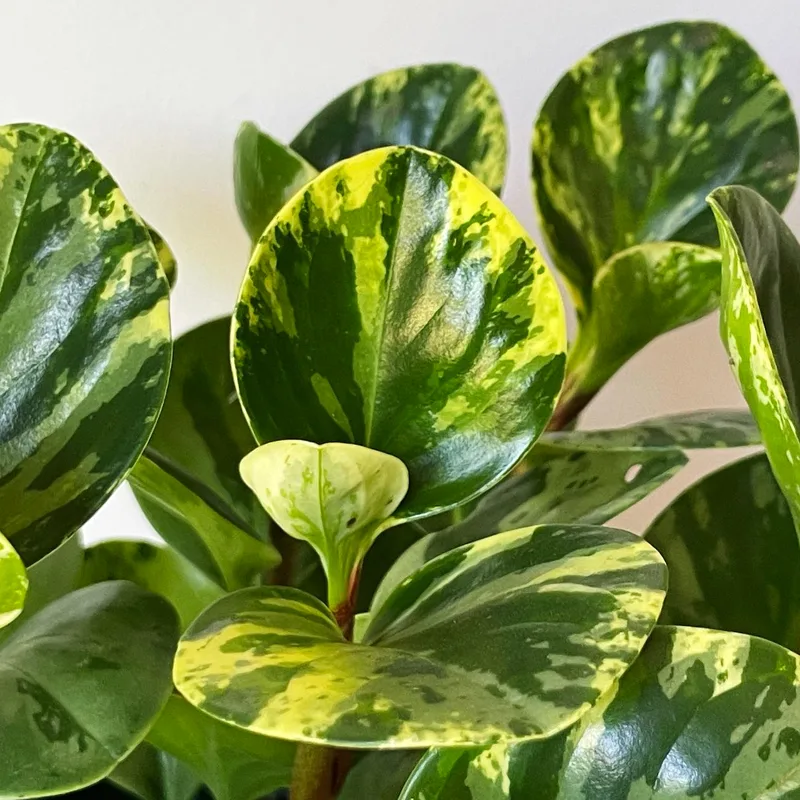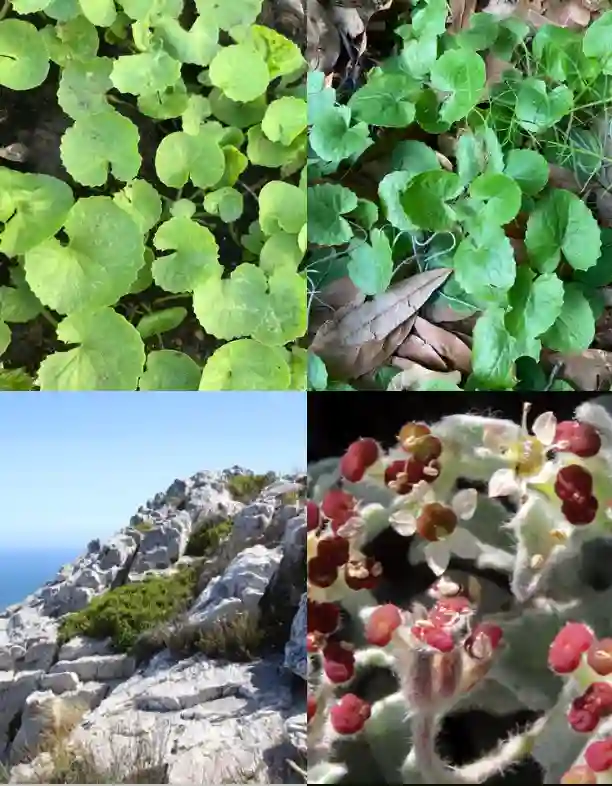The Allure of Grevillea Moonlight: A Gardener’s Guide
The Grevillea Moonlight has become a constant companion in my garden. This captivating Australian native never fails to impress with its luminous, creamy-white flowers that seem to bloom perpetually. Since I first encountered this beauty, I’ve been captivated by its versatility and resilience. Whether you envision it as a stunning specimen tree or a vibrant addition to a hedge, the Grevillea Moonlight is a plant that deserves a place in your garden.
396 Species in Genus Grevillea
Can I grow Grevillea Moonlight as a small tree?
Absolutely! The Grevillea Moonlight thrives in both its shrub and tree form. Reaching heights of up to 8-12 feet, it boasts a dense, upright growth habit that can be easily maintained through pruning. This allows you to control its size and shape, creating a beautiful small tree that adds a touch of elegance to your landscape.
How to Care for Grevillea Moonlight?
The Grevillea Moonlight is a low-maintenance plant that rewards you with minimal effort. Here’s what you need to know:
- Sunlight: This sun-worshipper thrives in full sun locations, but can also tolerate some afternoon shade in hotter climates.
- Soil: Well-drained soil is key. The Grevillea Moonlight is adaptable to various soil types, including sandy, loamy, and even clay, but won’t tolerate soggy conditions. Amending your soil with compost before planting can improve drainage and provide essential nutrients.
- Watering: During the first year, establish a regular watering routine, allowing the soil to dry slightly between waterings. Once established, the Grevillea Moonlight is quite drought tolerant and requires minimal supplemental watering, especially in Mediterranean climates.
- Fertilizing: A light application of a slow-release fertilizer in spring can be beneficial, but avoid over-fertilizing as it can encourage excessive foliage growth at the expense of flowers.
When to Prune Grevillea Moonlight?
Pruning is not strictly necessary for the Grevillea Moonlight, but it can be a helpful tool to maintain its size and shape, and to encourage bushier growth. The ideal pruning window is after the main flowering flush, typically in late spring or early summer. Aim for light pruning, removing no more than a third of the plant’s growth at a time. This will promote new growth and maintain a flowering display throughout the season.
How to Propagate Grevillea Moonlight?
Propagating the Grevillea Moonlight from seed is possible, but it can be a slow process with germination rates varying depending on seed freshness and storage conditions. For faster results, consider propagating from cuttings. Here’s a simplified approach:
- Take semi-hardwood cuttings in late summer or early fall. Select healthy stems that are just beginning to harden, around 4-6 inches long.
- Remove the lower leaves and dip the cut end in a rooting hormone.
- Plant the cuttings in a well-draining potting mix and keep them moist but not soggy.
- Place the pot in a warm, brightly lit location, but avoid direct sunlight.
- Once roots develop, typically within 6-8 weeks, you can transplant your new Grevillea Moonlight into a larger pot or your desired location in the garden.
What to Plant With Grevillea Moonlight?
The Grevillea Moonlight pairs beautifully with a variety of plants. Here are a few ideas:
- Low-growing groundcovers: Complement the Grevillea Moonlight’s upright form with cascading groundcovers like greya (Myoporum parvifolium) or native bluebells (Wahlenbergia spp.).
- Contrasting foliage plants: Add a touch of drama by planting the Grevillea Moonlight alongside plants with contrasting foliage, such as the burgundy tones of Callistemon viminalis (Weeping Bottlebrush) or the silvery leaves of Westringia fruticosa (Coastal Rosemary).
- Other Australian natives: Create a true Aussie haven by surrounding your Grevillea Moonlight with other native beauties like Kangaroo Paws (Anigozanthos spp.) or Eremophila glabra (Emu Bush).
With its captivating blooms and easy-going nature, the Grevillea Moonlight is a true asset to any garden. So, embrace the allure of this Australian gem and watch your garden come alive with its luminous charm.
If i die, water my plants!



